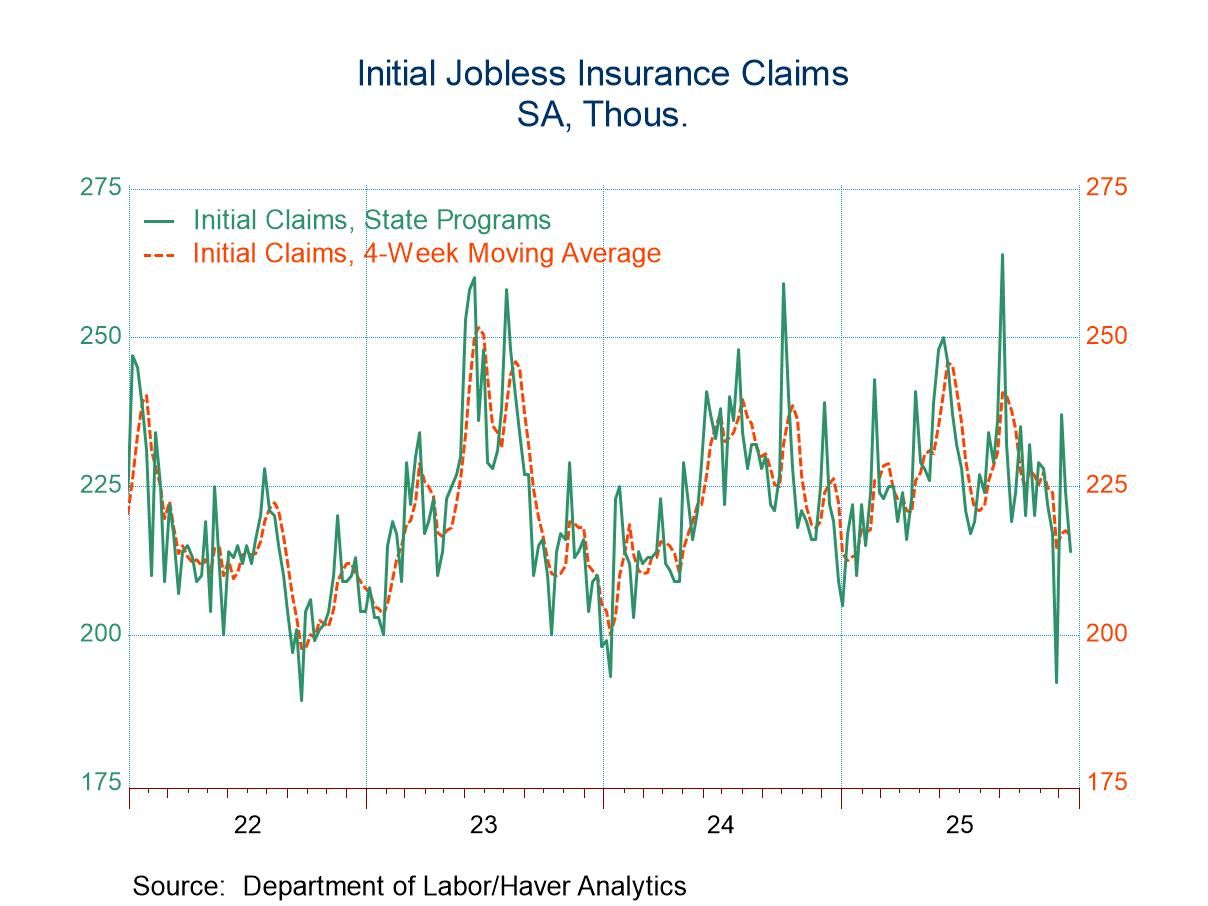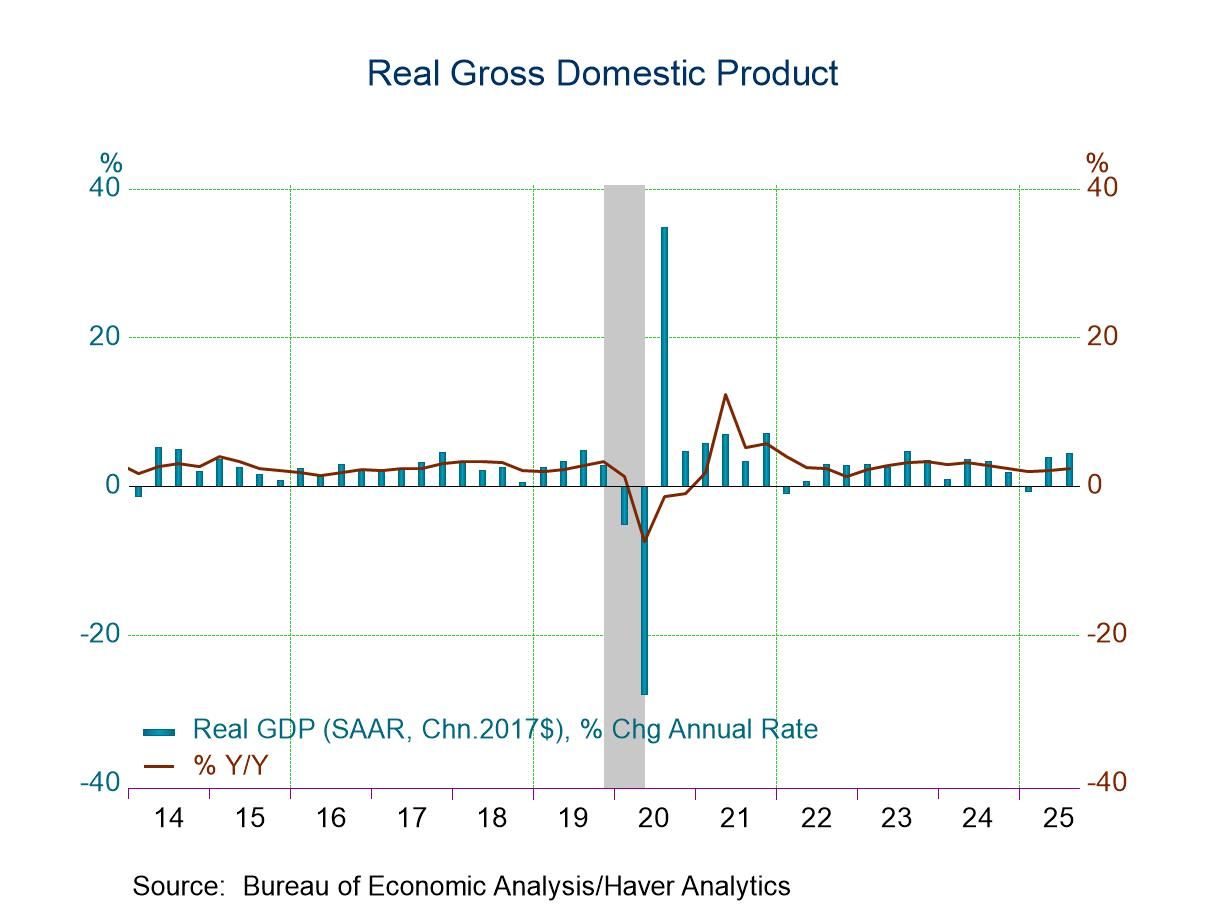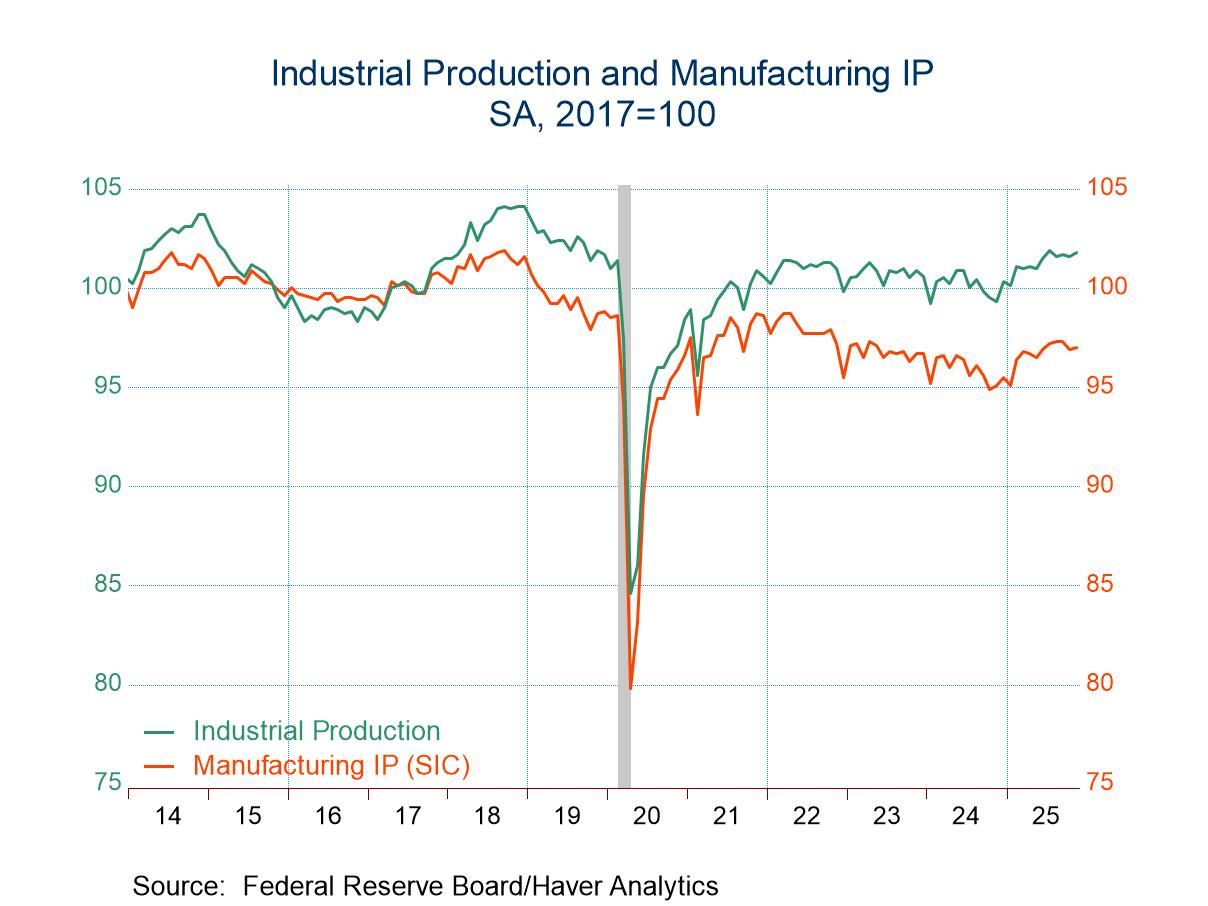 Global| Mar 01 2024
Global| Mar 01 2024MFG PMIs Largely Improve in February

The S&P Global manufacturing PMIs are showing more improvement than deterioration in February. 11 countries in the table show improvement month-to-month while 6 show deterioration. The median reading in February is a PMI value of 50 which is right on the cusp of showing declines in manufacturing. That reading compares to readings of 49 over three months, and six months vs. a reading of 48.8 over 12 months.
In February, 61.1% of the respondents show improvement month-to-month. Over three months, 77.8% show improvement compared to six-months; over six months 72.2% show improvement compared to 12-months; over 12 months 50% show improvement compared to one-year ago. What we see from these metrics is that manufacturing has been on an improving path even though the three-, six-, and 12-month readings linger below the neutral 50% mark.
The queue standings position the February reading in each case among the last four years of monthly observations for each reporting unit. Mexico and Russia show the highest percentile standings on the data they report; Russia is showing a standing in its 98th percentile. Mexico reports a 94th percentile standing. The weakest standings are in Japan that has a 10-percentile standing, China that has a 13.3 percentile standing, and Germany that has a 14-percentile standing. The median standing among all the countries in the table is at the 47th percentile mark which is below ‘50’ telling us that the median reading for this cross section of countries a generally a reading below the individual reporters’ medians over the last four years.
In terms of the averages for various groupings of countries, the U.S., U.K., European Monetary Union, Canada, and Japan show general improvements. The average PMI manufacturing values from a year ago through February show that three-month, six-month, and 12-month values don't show much change, but there is a more significant improvement in February. The BRIC countries also show stasis for the most part for three-, six-, and 12-months, a little more significant move up in February. The Asian average follows that same pattern. In terms of the percentile standings, the more highly developed countries have the lower standing. The U.S., U.K., EMU, Canada, and Japan group is the weakest; Asia occupies a middle ground on the average ranking, and the BRIC countries have the highest percentile queue standings at about the 65th percentile.
Table 1

Table 2 (below) reveals a little more information about the distribution of these manufacturing PMI readings in recent months and how it compares to some past periods. In February, for example, the bulk of the PMIs - 50% of them – are in the 40 to 50 percentile range. This is slightly lower than January when 55% were in that range and a lot lower than December when 77% of them were in that range. Over 4 years, about 41% have averaged being in this range.
That compares to 44% being in the 50 to 55 percentile range in February. That percentage is up from 38.9% in January and double the 22.2% of respondents in the category in December. The 44.4 percent figure is stronger than the 36.3 percent figure that had characterized this cohort over the last four years.
Only 5.6% of reporters are in the 55 to 60 percentile range and none are higher. Over 4 years, nearly 15% of respondents have been in this range on average, while another 3.9% have been in ranges above 60.
Currently, there are no respondents in the 30 to 40 percentile range. The proportion of respondents that have occupied that lower part of the distribution historically has been small.
The table also chronicles that the number of respondents with PMI values below 50 has been declining from 14 in December to 10 in January to 9 in February. The number of respondents with PMIs below 50 over three-, six-, and 12-months was steady at 14 of them.
Table 2

Summing up The manufacturing PMI data for this month are not exactly upbeat, but they do paint a picture of an improving global economy. There are still quite a few countries that are experiencing declines in the manufacturing sector based upon the number of PMI reading below 50. But the breadth of respondents that are getting weaker month-to-month is declining, and that's a good sign. Inflation has been coming down, too. As we look to the future, there should be less restrictive action by central banks needed, although it's still hard to tell how long central banks will continue to hold to the degree of restrictiveness that they currently employ. Geopolitical risks continue to abound as well. But the purview of this report is economics and on the economic front we're seeing a broad-based repair of the manufacturing sectors and ongoing improvement. The report still falls quite short of being strong; however, it's a report that’s going in the right direction and that's encouraging.
Robert Brusca
AuthorMore in Author Profile »Robert A. Brusca is Chief Economist of Fact and Opinion Economics, a consulting firm he founded in Manhattan. He has been an economist on Wall Street for over 25 years. He has visited central banking and large institutional clients in over 30 countries in his career as an economist. Mr. Brusca was a Divisional Research Chief at the Federal Reserve Bank of NY (Chief of the International Financial markets Division), a Fed Watcher at Irving Trust and Chief Economist at Nikko Securities International. He is widely quoted and appears in various media. Mr. Brusca holds an MA and Ph.D. in economics from Michigan State University and a BA in Economics from the University of Michigan. His research pursues his strong interests in non aligned policy economics as well as international economics. FAO Economics’ research targets investors to assist them in making better investment decisions in stocks, bonds and in a variety of international assets. The company does not manage money and has no conflicts in giving economic advice.






